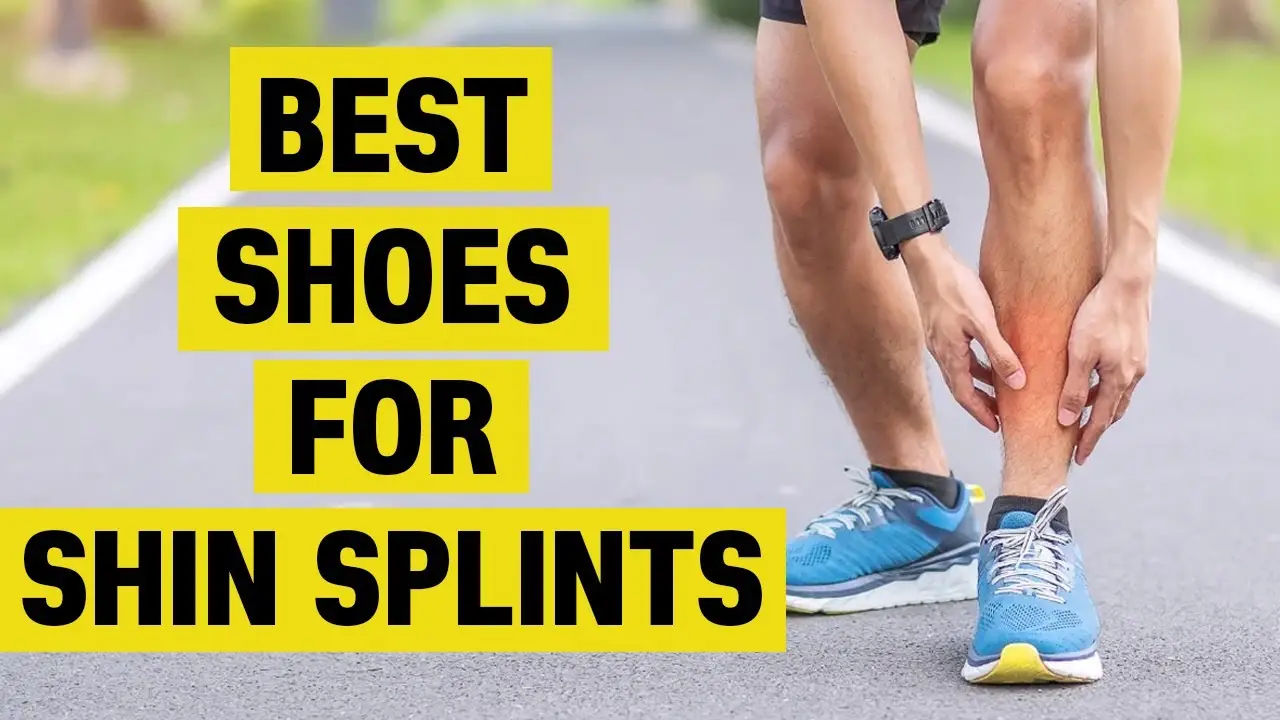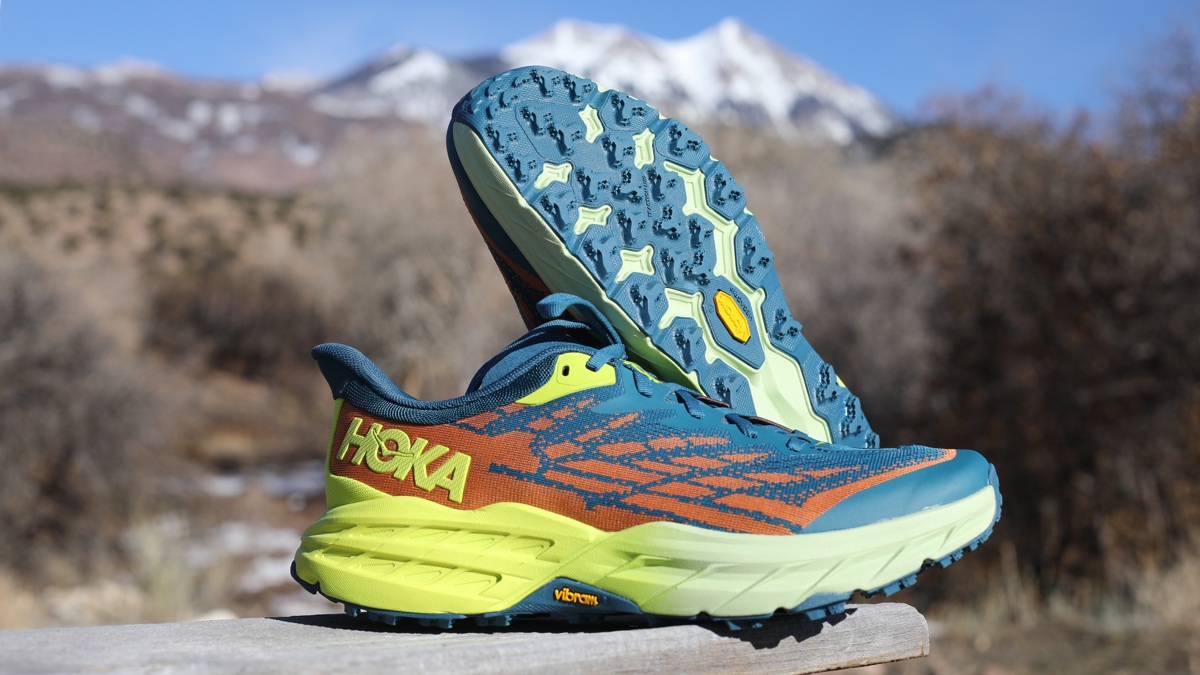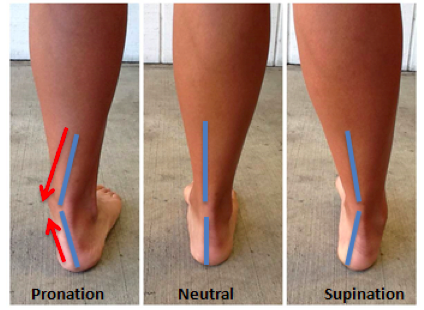Now Reading: Choosing the Right Running Shoes to Prevent Shin Splints A Comprehensive Guide
-
01
Choosing the Right Running Shoes to Prevent Shin Splints A Comprehensive Guide
Choosing the Right Running Shoes to Prevent Shin Splints A Comprehensive Guide

As runners, we are all too familiar with the pain and discomfort of shin splints. These pesky injuries can hinder our training progress and even keep us from running altogether. While there are many factors that can contribute to developing shin splints, one of the most important preventative measures is choosing the right running shoes. In this comprehensive guide, we will take a deep dive into understanding shin splints, essential features to look for in running shoes, top recommended brands and models, and additional tips for preventing shin splints. So, let’s lace up and get started!
Understanding Shin Splints: Causes, Symptoms, and Prevention Techniques

Shin splints, also known as medial tibial stress syndrome, is a common injury among runners, especially beginners. It is characterized by pain along the front or inside of the shin bone (tibia). Shin splints are typically caused by overuse, particularly in activities that involve repetitive impact on hard surfaces, such as running. However, they can also be a result of improper footwear, muscle imbalances, and other biomechanical issues.
Some common symptoms of shin splints include tenderness, soreness, or throbbing pain along the front or inside of the lower leg, especially during or after physical activity. The pain may start off as mild and gradually increase if not treated properly. In severe cases, the pain may be accompanied by swelling and redness.
Fortunately, there are several techniques that can help prevent shin splints. These include:
- Gradually increasing mileage and intensity: One of the main causes of shin splints is overexertion. To avoid this, it is important to gradually increase mileage and intensity, giving your body time to adapt and strengthen.
- Wearing proper footwear: As mentioned earlier, wearing the right shoes is crucial in preventing shin splints. This is because proper running shoes can provide the necessary support and cushioning to reduce impact and stress on the shins.
- Stretching and strengthening exercises: Incorporating stretching and strengthening exercises into your training routine can help improve flexibility and muscle balance, reducing the risk of developing shin splints.
- Rest and recovery: It is important to listen to your body and take rest days when needed. Giving your body time to recover can prevent overuse injuries like shin splints.
Essential Features to Consider in Running Shoes for Shin Splint Prevention
When it comes to choosing the right running shoes to prevent shin splints, there are a few key features to keep in mind. These include:
Cushioning
Cushioning is essential in running shoes as it helps absorb shock and reduce impact on the feet and legs. Too little cushioning can put excessive stress on the shins, while too much can hinder natural foot movement. Look for shoes with adequate cushioning that suit your preferred type of running surface.
Arch Support
Having proper arch support is crucial in preventing shin splints. Flat-footed runners may need more arch support to prevent overpronation, while high-arched runners may require less support. Make sure to choose shoes that cater to your specific arch type.
Stability
Stability is another important factor to consider in preventing shin splints. Shoes with good stability features can help control foot motion and prevent excessive rolling inward (overpronation), which can lead to shin splints.
Heel-to-Toe Drop
The heel-to-toe drop, or offset, refers to the difference in height between the heel and the forefoot of the shoe. While there is no right or wrong offset, it is important to choose one that feels comfortable and natural for you. Some runners may prefer a lower drop, while others may need a higher one to prevent shin splints.
Toe Box Width
The width of the toe box is important in preventing blisters and discomfort. Shoes with a wider toe box can provide more room for your toes to splay and reduce the risk of friction and pressure on the toes, which can lead to shin splints.
Breathability
Proper ventilation is essential in keeping your feet cool and dry during runs. Moisture buildup can cause blisters and irritation, making it more uncomfortable to run and potentially leading to shin splints. Look for shoes with breathable materials and mesh panels for proper airflow.
Fit and Comfort
Last but not least, it is crucial to choose shoes that fit well and feel comfortable on your feet. Ill-fitting shoes can cause rubbing and friction, leading to blisters and discomfort, which can impact your running form and potentially cause shin splints.
Top Brands and Models of Running Shoes Recommended for Shin Splint Prevention

Now that we have a better understanding of what features to look for in running shoes for preventing shin splints, let’s take a look at some of the top recommended brands and models.
1) Brooks Ghost
The Brooks Ghost is a popular choice among runners for its excellent cushioning and stability features. The shoe offers a 12mm heel-to-toe drop and has ample arch support and a spacious toe box. It is also known for its durable build and overall comfort.
2) New Balance Fresh Foam 1080v11
The New Balance Fresh Foam 1080v11 is another highly rated shoe for shin splint prevention. It offers plush cushioning and good arch support, as well as a wide toe box. The shoe also has a breathable upper and comes in a variety of widths to cater to different foot types.
3) Saucony Guide 13
The Saucony Guide 13 is a versatile running shoe that offers both cushioning and stability. It has a 8mm heel-to-toe drop and features a medial post for added support and control. The shoe also has a spacious toe box and a comfortable fit.
Other notable mentions include the ASICS Gel-Kayano, Hoka One One Clifton, and Nike Air Zoom Pegasus. Keep in mind that every runner’s feet and needs are different, so it is important to try on different models and brands to find the best fit for you.
Reviews and Comparisons of Best Running Shoes to Prevent Shin Splints
To give you a better understanding of the top recommended shoes for shin splint prevention, let’s take a closer look at some reviews and comparisons.
| Shoe | Features | Pros | Cons |
|---|---|---|---|
| Brooks Ghost | Cushioning, stability, 12mm heel-to-toe drop, ample arch support, spacious toe box | Durable, comfortable, good for long runs | Slightly heavy, may not be suitable for speedwork |
| New Balance Fresh Foam 1080v11 | Cushioning, 8mm heel-to-toe drop, good arch support, wide toe box | Breathable, available in different widths, comfortable | May feel too soft for some runners |
| Saucony Guide 13 | Cushioning, stability, 8mm heel-to-toe drop, medial post, spacious toe box | Good for moderate overpronation, comfortable fit | Some may find the toe box too roomy |
| ASICS Gel-Kayano | Cushioning, stability, 10mm heel-to-toe drop, Dynamic DuoMax support system, spacious toe box | Good for severe overpronation, comfortable | Heavier than other models, may not provide enough arch support for some |
| Hoka One One Clifton | Cushioning, 5mm heel-to-toe drop, Meta-Rocker technology, roomy toe box | Lightweight, good for long runs and speedwork | May not provide enough support for severe overpronation |
| Nike Air Zoom Pegasus | Cushioning, stability, 10mm heel-to-toe drop, Flywire cables, spacious toe box | Good for neutral runners with mild overpronation | Some may find the fit too narrow |
In terms of cushioning and stability, all the mentioned models offer adequate support for preventing shin splints. However, some runners may prefer a higher or lower heel-to-toe drop, depending on their individual needs. The same goes for arch support and toe box width. It is important to try on different models and brands to find the right fit and features that work best for you.
Additional Tips for Shin Splint Prevention Beyond Choosing the Right Shoes
While choosing the right running shoes is crucial in preventing shin splints, there are other measures you can take to further reduce the risk of developing this injury. Here are some additional tips to keep in mind:
- Warm-up and cool down properly: Proper warm-up and cool-down routines can help prepare your muscles and joints for the impact of running and aid in recovery.
- Strengthen your calf muscles: Weak calf muscles can put added stress on the shins, increasing the risk of developing shin splints. Incorporating calf-strengthening exercises into your training routine can help prevent this.
- Cross-train: Incorporating cross-training activities, such as swimming or cycling, into your routine can provide a break from repetitive impact on the shins and give them time to recover.
- Listen to your body: If you experience any pain or discomfort while running, it is important to listen to your body and stop or take a break. Ignoring pain can worsen injuries and lead to longer recovery time.
Common Mistakes to Avoid When Selecting Running Shoes for Shin Splint Prevention
When it comes to choosing the right running shoes for shin splint prevention, there are also some common mistakes to avoid. These include:
- Not getting properly fitted: Many runners make the mistake of buying shoes based on brand or style rather than proper fit. It is important to get fitted by a professional at a running specialty store to find the right size and type of shoe for your feet.
- Neglecting to replace old shoes: Running shoes typically have a lifespan of about 300-500 miles. Wearing old, worn-out shoes can contribute to developing shin splints and other injuries. Make sure to replace your shoes regularly to maintain proper support and cushioning.
- Switching shoes too quickly: If you are transitioning to a new model or brand, make sure to do so gradually. Suddenly switching to a completely different type of shoe can put added stress on your feet and increase the risk of developing shin splints.
- Ignoring personal needs: Every runner’s feet and body are different, and what works for someone else may not work for you. It is important to consider your individual needs and preferences when choosing running shoes for shin splint prevention.
Conclusion: Making an Informed Decision to Prevent Shin Splints Through Proper Footwear
In conclusion, preventing shin splints starts with choosing the right running shoes. By understanding the causes and symptoms of this injury, as well as essential features to look for in running shoes, you can make an informed decision that caters to your individual needs and helps prevent shin splints. Keep in mind that it is also important to listen to your body and take proper precautions and measures to reduce the risk of developing this common running injury. So, lace up those shoes and hit the road with confidence!




















